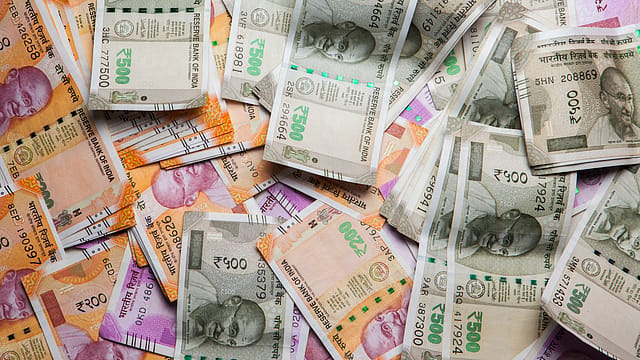Spoilt for choice on income tax? Not really
ADVERTISEMENT

For once Indian taxpayers have a real choice. They can either continue under the existing personal income tax regime or shift to a new one with reduced tax slabs while giving up a lot of tax benefits. Budget 2020, tabled by finance minister Nirmala Sitharaman on Saturday, has proposed a new personal tax regime, slashing income rates and rejigging slabs to reduce total tax payable by individuals.
Under the new tax regime, most of the exemptions enjoyed by the taxpayers like house rent allowance, leave travel allowance, standard deduction on salary, and others have been withdrawn. But, the new regime offers lower tax rates: zero tax on those earning less than ₹5 lakh per annum. Those earning between ₹5 lakh and ₹7.5 lakh need to pay a tax of 10%, instead of 20% under the earlier regime; those with an income between ₹7.5 lakh and ₹10 lakh will now be taxed at 15%, down from the current 20%; and those who earn between ₹10 lakh and ₹12.5 lakh will be taxed at 20%, down from the current 30%.
Again those with an income between ₹12.5 lakh and ₹15 lakh will be taxed at 25%, down from the current 30%. Incomes above ₹15 lakh will continue to be taxed at 30%. “The new personal income tax system will entail an estimated revenue giveaway of ₹40,000 crore per year,’’ added the finance minister.
January 2026
Netflix, which has been in India for a decade, has successfully struck a balance between high-class premium content and pricing that attracts a range of customers. Find out how the U.S. streaming giant evolved in India, plus an exclusive interview with CEO Ted Sarandos. Also read about the Best Investments for 2026, and how rising growth and easing inflation will come in handy for finance minister Nirmala Sitharaman as she prepares Budget 2026.
To explain the real benefits of the new regime, Sitharaman pointed out that an individual earning ₹15 lakh per annum but not availing any deduction will only pay ₹1.95 lakh as tax and not ₹2.73 lakh under the old regime. “Thus the individual tax burden will save ₹78,000 under the new regime.”
But will all taxpayers move to the new tax regime to avail of the benefits? Chander Talreja, executive director (personal tax) of global audit and consulting firm PriceWaterhouseCoopers, is categorical that it will depend on a number of factors like his income, investments, etc. before deciding on the regime. “Each individual will have to do his/her own calculations to figure out which tax regime is more beneficial to him/her,’’ says Talerja.
But the biggest thing that the finance minister has tried to do is streamline the tax process by implementing faceless appeals after the faceless assessment brought about a couple of years ago. So it will reduce the personal harassment of the taxpayers. “We have also initiated measures to pre-fill the income tax returns so that an individual who opts for the new regime would need no assistance from an expert to file his return and pay income tax,’’ says Sitharaman.
The other big focus of the Budget was on the easy resolution of tax disputes. Now any person who has a dispute with any of the tax authorities all the way from the income-tax commissioners to those whose cases are at the Supreme Court can now pay only the disputed amount and not any penalty or interest, provided they make the payment by March 31, 2020. However, if the payment is made between March 31 and June 30 (when the scheme expires), the individual will have to pay an additional amount over and above the disputed sum.
Finally, the government has also made some changes in the definition of residency rules for residents and ordinarily residents ( ROR)—resident Indians, whose global income can be taxed in India. For an individual, the residential status is determined solely by his/her physical presence in India during the financial year. And that has changed. For instance under the earlier regime, to get a ROR status, a person had to be in India for 727 days in seven years; now they have to be in India for four years out of 10 years.
